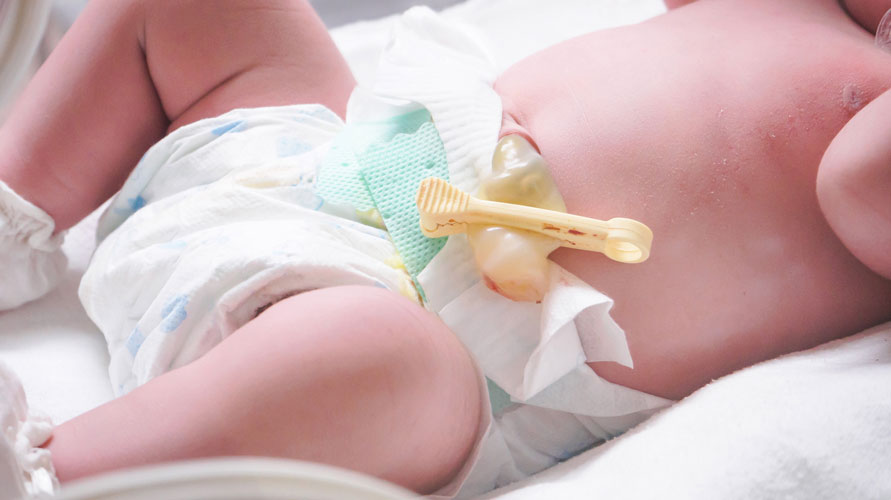
You may be familiar with a baby’s bulging navel, which is a condition where there is a lump in the navel area. This lump actually occurs when the baby’s abdominal muscle hole is still open and receives encouragement from organs in the stomach such as the intestines.
A baby’s hollow navel will usually disappear by itself. So, parents don’t need to worry too much.
Causes of a baby’s navel
There are several things that can cause a baby’s navel to be hollow, including:
1. Local infection
When the area where the umbilical cord was cut becomes infected, scar tissue will form. This is what makes the skin in that area push out even more, causing the baby’s navel to become hollow.
2. Umbilical granuloma
In some cases, the umbilical cord does not fall off completely. The remaining umbilical cord then forms an umbilical granuloma. It looks like a reddish lump and is filled with fluid.
3. Umbilical hernia
An umbilical hernia is a condition where the muscles in the abdominal wall do not close completely, resulting in a small hole in the baby’s abdominal wall below the navel.
This condition causes part of the baby’s tissue or intestines to protrude out into the hernia sac. If your baby has an umbilical hernia, you may see a bulge in his stomach.
Is a hollow navel dangerous for babies?
A hollow navel is not dangerous because in most cases it will heal by itself. Parents who want to quickly get rid of this condition usually do so for aesthetic reasons.
However, in some cases, complications can occur when the protruding intestine becomes trapped and cannot be pushed back into the abdominal cavity.
This condition can reduce the blood supply to this part of the intestine, causing pain and tissue damage.
If the trapped part of the intestine does not receive any blood supply at all, tissue death and infection can occur. In the most severe conditions, the infection can spread throughout the abdominal cavity and become life-threatening.
Umbilical hernia complications are more risky in adults. However, you still have to regularly monitor your baby’s hollow navel.
You are also advised to take your baby to the doctor if the bulge in the navel changes color or gets bigger, the baby becomes fussy and experiences pain, and nauseous and vomiting suddenly.
How to care for a baby’s hollow navel
According to published research National Center for Biotechnology Information, a baby’s navel can close by itself within 2 years. So, care for newborns Those who have hollow navels just clean their navels.
However, if at the age of 2 years and over and the size of the navel has reached 1.5 cm or more, this study recommends performing umbilical hernia surgery to remove the lump.
This is because it is unlikely that the body will close the navel spontaneously if the baby is more than 2 years old.
To make it look more aesthetic, you can reduce your baby’s hollow navel by: umbilicoplasty.
To get advice that is more appropriate to your baby’s condition, don’t hesitate to have your baby’s navel checked by a doctor. Although generally not dangerous, this condition can still be eliminated so that the baby has a more ideal navel shape.
